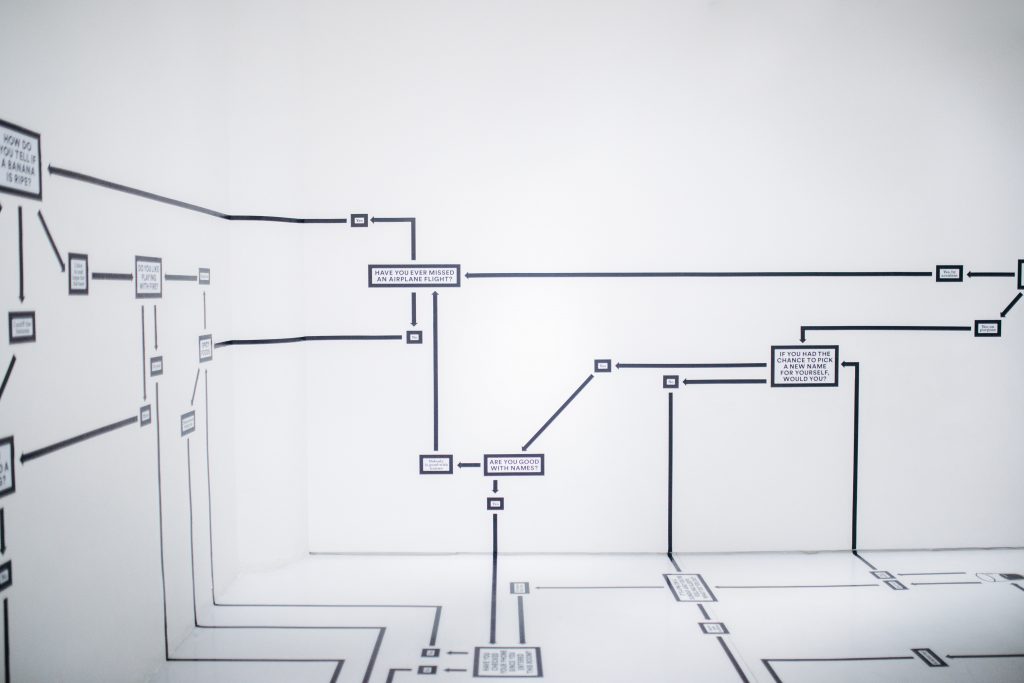The Coronavirus infection (COVID 19) which started in a small town in Wuhan, China has been making headlines for more than a month now, with one optimistic estimate stating that the cure for the virus is at least 18 months away. This virus has led to massive panic with the financial markets across the world returning the biggest losses since the 2008 subprime mortgage crisis. Reports of big companies shutting down offices (such as Nike which did so in their EU headquarters) are starting to turn up. Situations like this are unpredictable and if unprepared for, could lead to serious losses for businesses or even winding up in a worst-case scenario.

Business continuity is a concept where the business activities of a Company are quickly and promptly resumed in the event of a major disruption, which could be caused by fire, earthquake, flood or in the current scenario, a contagious virus.
Business Continuity Plan, or BCP in short, is a plan which lays down the steps and that need to be taken when a contingent event that disrupts the entire business environment occurs. Such events rarely, if ever, give out any sort of warning before they strike and are always unique and unfold in unexpected ways. These events could affect businesses in a way which could lead to loss of resources or assets. A lack of a plan may not just mean recovering slower, it may even lead to putting out a business for good.

An example in the current scenario would be if offices must be vacated in order to stop the spread of the virus if any one of the employees has been infected. In this case, how quickly can you resume business functions so that the clients of the Company are not affected and the Company continues to make money? How do your employees work, will they work from home or move to an alternate location? The answer to such questions is normally set out in the BCP.

The success of a Company in such cases is completely correlated with its ability to handle such disruptions and pick itself up while continuing to grow. In today’s world, the business environment is continuously changing at a rapid pace which means that Companies struggle to evolve their resiliency strategies quick enough. Hence, the best solution is to proactively look out for risks and map out strategies for both long and short term disruptions.
Since we now have an idea of the importance of having a BCP in place, let’s check out the process of developing a BCP:
- Identify the scope of the plan:
The first step of the BCP development stage is to clearly state the scope, be it long term or short term disruptions. The reason is that long term disruptions need drastically different approaches than short term disruptions.
- Identify key business areas:
The next step is to identify the business areas which are important to the smooth functioning of the business. For short term disruption plans, certain non-core areas could be left out but it is generally the norm to include almost all business processes while planning for long term disruptions.
- Identify critical functions and processes
Each business area is a combination of various processes. Hence, we will need to identify the underlying processes in the business areas we would like to include in our plan. This is a simple step if process maps already exist in the organization as this would be the completion of this step.
- Identify dependencies between various business areas and functions
This helps to understand what areas of the business overlap each other and smooths out the plan. This can be referred to as the high-level process flow map which shows a holistic view of the business as a whole which highlights key relations between the various departments and functions.
- Determine acceptable downtimes for each critical function
This requires an analysis of how long the business can go without the function in the event of a major disruption. Most of the time, core business areas will have the least acceptable downtimes as they will directly impact the business while the non-core areas will have a higher acceptable threshold.
- Create a plan to maintain operations
This is the last step and will require creating a plan to address the disruption. This plan will allocate responsibilities to key individuals, provide contact details in case of emergencies and outline the facilities to be used in the event of disruptions.

After a BCP is in place, the same needs to be tested in order to assess if it is practical and can be implemented. Testing has to be done at least twice a year, preferably four times. This is keeping in mind that no plan is made to stand forever and needs tweaking based on changes in the business environment. Testing also helps to train the employees and raise awareness to prepare for such disruptions.
A well made BCP will go a long way in ensuring that the Company does not incur significant losses of resources which may hinder or limit its future potential.
I’d suggest you make a BCP for your Company if you haven’t done so yet. In case you have any queries regarding making one or if you want an experienced professional team to make one for you, please feel free to reach out to us at Leap.

